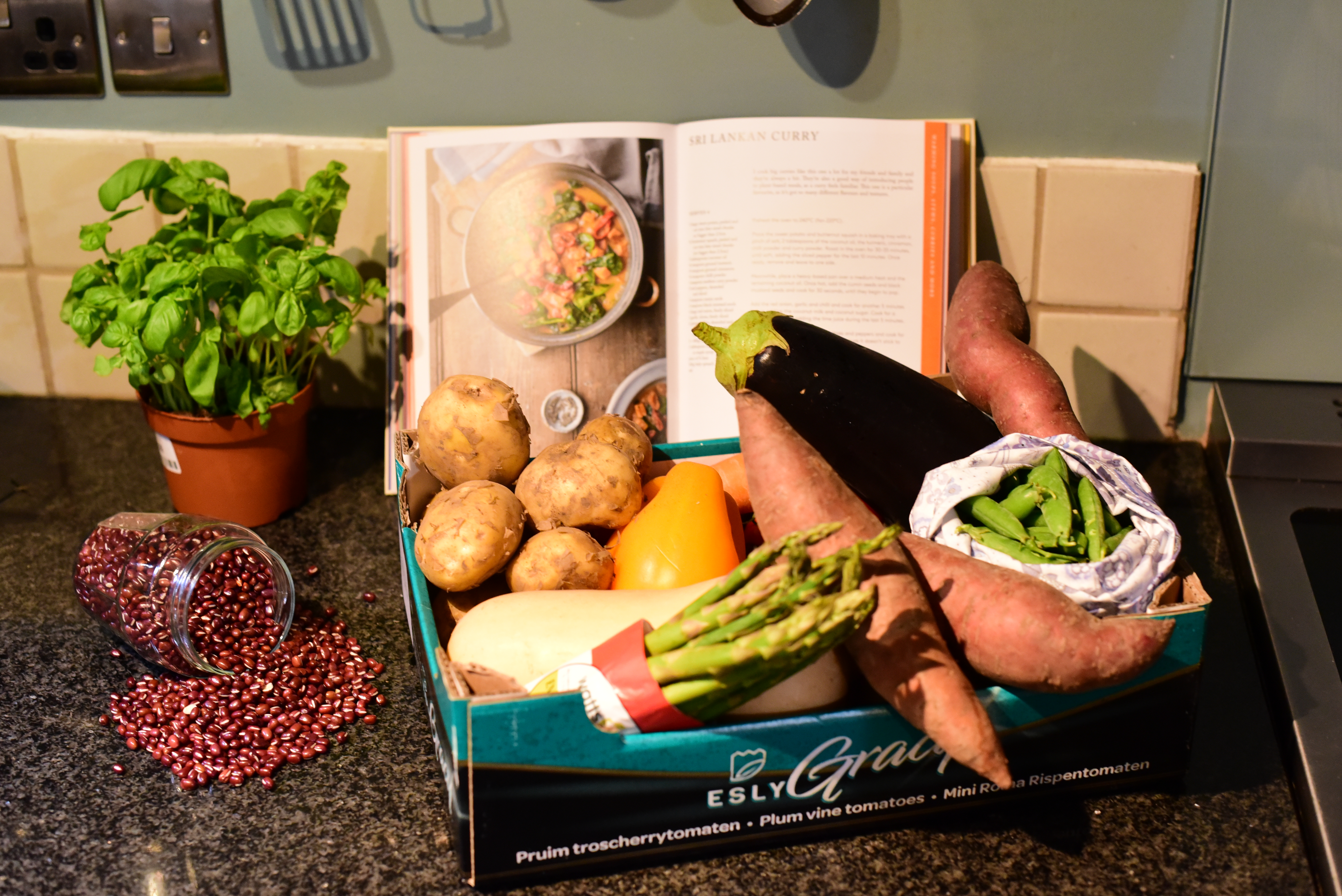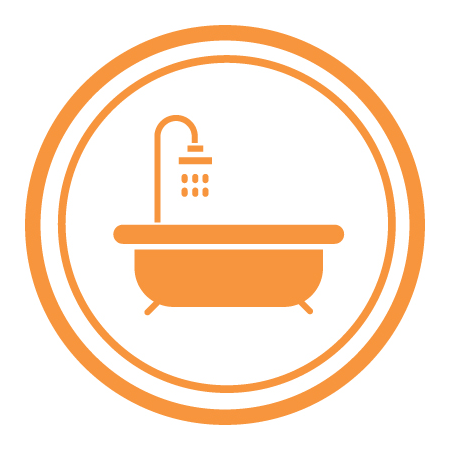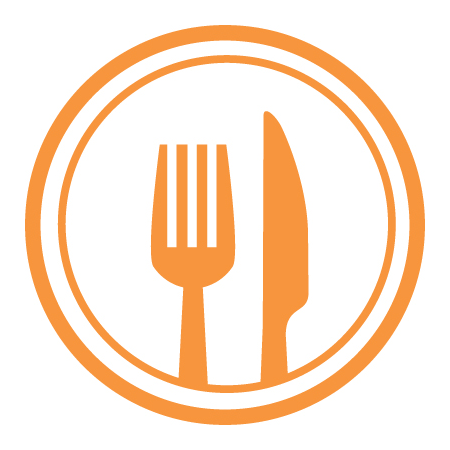The Problem: deforestation, inequality, inefficiency, high carbon footprint, high water usage, water pollution, wildlife loss
The Solution: fresh, healthy, plant-based food; local, grass-fed meat
- Try to halve your intake of meat and dairy as a starting point, increasing your repertoire of vegetarian and vegan meals- you may hardly notice
- Animal products can be detrimental for your own health as well as that of the planet. Fats from meat and dairy can contribute to heart disease and high blood pressure, as well as cancer and other diseases. Getting protein from plant-based sources can be a much healthier alternative, as it comes without LDL cholesterol and instead with anti-inflammatory compounds and antioxidants- great at boosting your immune system to fight off infections and detoxifying carcinogens in your body. You can also get all the nutrients and protein you need from a plant-based diet, though B12 should be supplemented.

- Going vegan is perhaps the single most effective thing you can do to help our environment- but we don’t all need to eliminate meat products entirely. Some local farming practices can be beneficial for our soil and planet, especially when farmers are aware of their land use and farm in a conscious way, planting trees, creating and preserving wetlands and meadows and practising regenerative agriculture. As consumers, we can encourage this by only buying local, grass-fed meat. This may mean we have to pay a bit more, but we can do this alongside reducing our intake so we buy less.
- There are loads of fun veggie recipes online, in cookbooks and on social media- whatever works best for you. Why not follow some vegan food channels or blogs for inspiration or ask for a cookbook as your next birthday present?
- Research how to get all the nutrients you need from a plant-based diet- you will need to supplement with B12 and D vitamins, either in fortified foods or in tablets- and make sure you eat a varied and balanced diet.
- Try mixing meat with products like veggie sausages to see if you could transition or go half and half
- Try switching to plant-based milk and dairy products, being careful to avoid palm oil
- Going vegan but buying processed, air-freighted foods is not the solution- eat fresh, nutritious, seasonal plant-based meals to really make a difference
Initial cost
0.4/5
Lifetime savings
3.3/5
Environmental benefits
4.9/5
Health benefits
5/5






